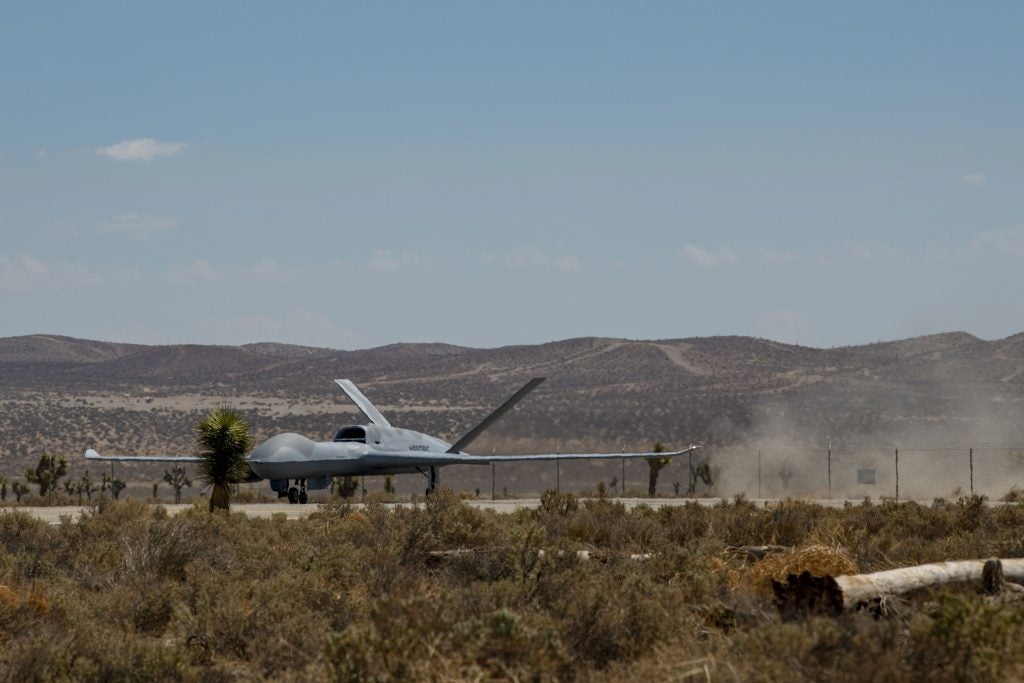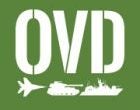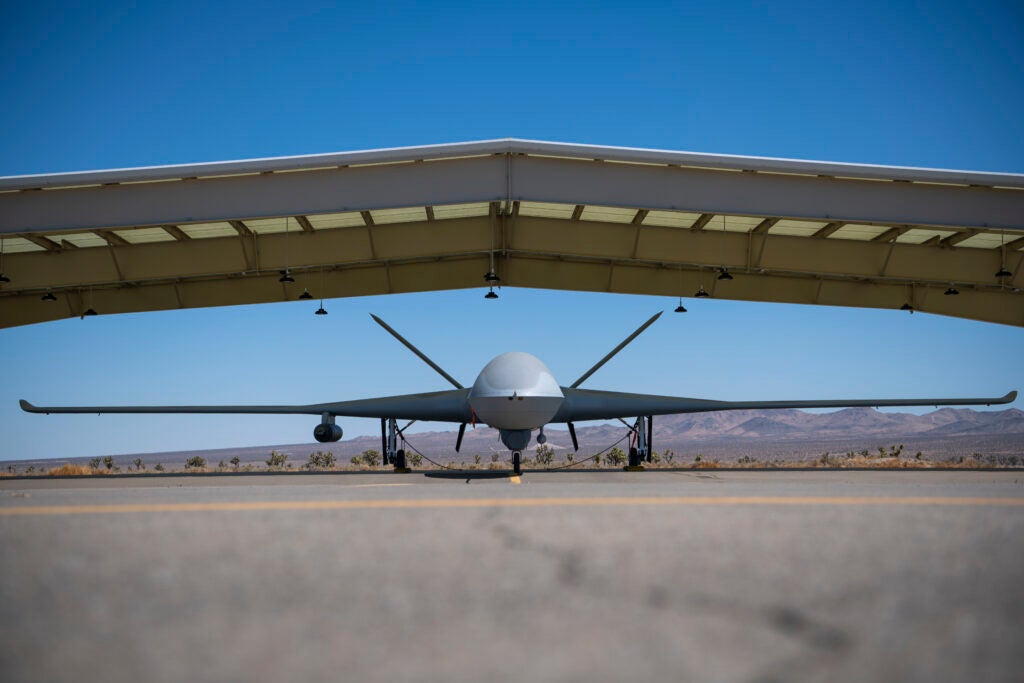General Atomics’ Avenger UCAV Demonstrates In-Flight Autonomy System Swap
General Atomics Aeronautical Systems announced March 4 that it had successfully demonstrated its MQ-20 Avenger unmanned combat air vehicle’s ability to use autonomy software developed outside General Atomics during recent testing, including the ability to swap between software while in flight.
The demonstration took place at the United States Air Force Test Center’s Orange Flag 25-1 test series, with a General Atomics-owned MQ-20 used for the tests between February 19 and 21 at Edwards Air Force Base in California.
One demonstration saw the MQ-20 fly using U.S. government provided autonomy software, with the “reference autonomy stack” used to demonstrate autonomous flight capabilities “focused on conducting air-to-air engagements”. This was coupled with a government-provided Pilot Vehicle Interface, with the interface providing “seamless” control and monitoring of the software.

The MQ-20 also demonstrated its ability to rapidly swap between autonomy software while in flight, changing to different software developed by Shield AI using Proliferated Low Earth Orbit satellites. According to General Atomics, the Shield AI software was used to demonstrate “autonomy skills for safe administrative phases of flight”.
General Atomics Aeronautical Systems says the successful demonstrations show the ability of the open standards-based autonomy software ecosystem it is developing to facilitate rapid changes from software the company developed to software developed by a government or by other defense contractors, allowing its current and future unmanned combat aerial vehicles to “seamlessly” receive software upgrades as they are completed.
“This demonstration marks a significant achievement in our ongoing efforts to operationalize autonomy for UCAVs,” said GA-ASI Vice President of Advanced Programs Michael Atwood. “Flying the government reference autonomy stack at Orange Flag 25-1 and utilizing the government-provided PVI underscores our commitment to delivering robust and adaptable autonomy solutions for the warfighter. We especially appreciate and salute the support we received from the 309th Software Engineering Group.”

